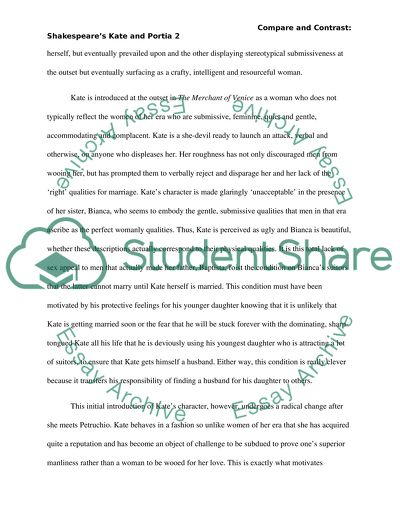Cite this document
(“A comparison and contrast of Shakespeares Kate and Portia Essay”, n.d.)
Retrieved from https://studentshare.org/literature/1436253-a-comparison-and-contrast-of-shakespeares-kate-and-portia
Retrieved from https://studentshare.org/literature/1436253-a-comparison-and-contrast-of-shakespeares-kate-and-portia
(A Comparison and Contrast of Shakespeares Kate and Portia Essay)
https://studentshare.org/literature/1436253-a-comparison-and-contrast-of-shakespeares-kate-and-portia.
https://studentshare.org/literature/1436253-a-comparison-and-contrast-of-shakespeares-kate-and-portia.
“A Comparison and Contrast of Shakespeares Kate and Portia Essay”, n.d. https://studentshare.org/literature/1436253-a-comparison-and-contrast-of-shakespeares-kate-and-portia.


